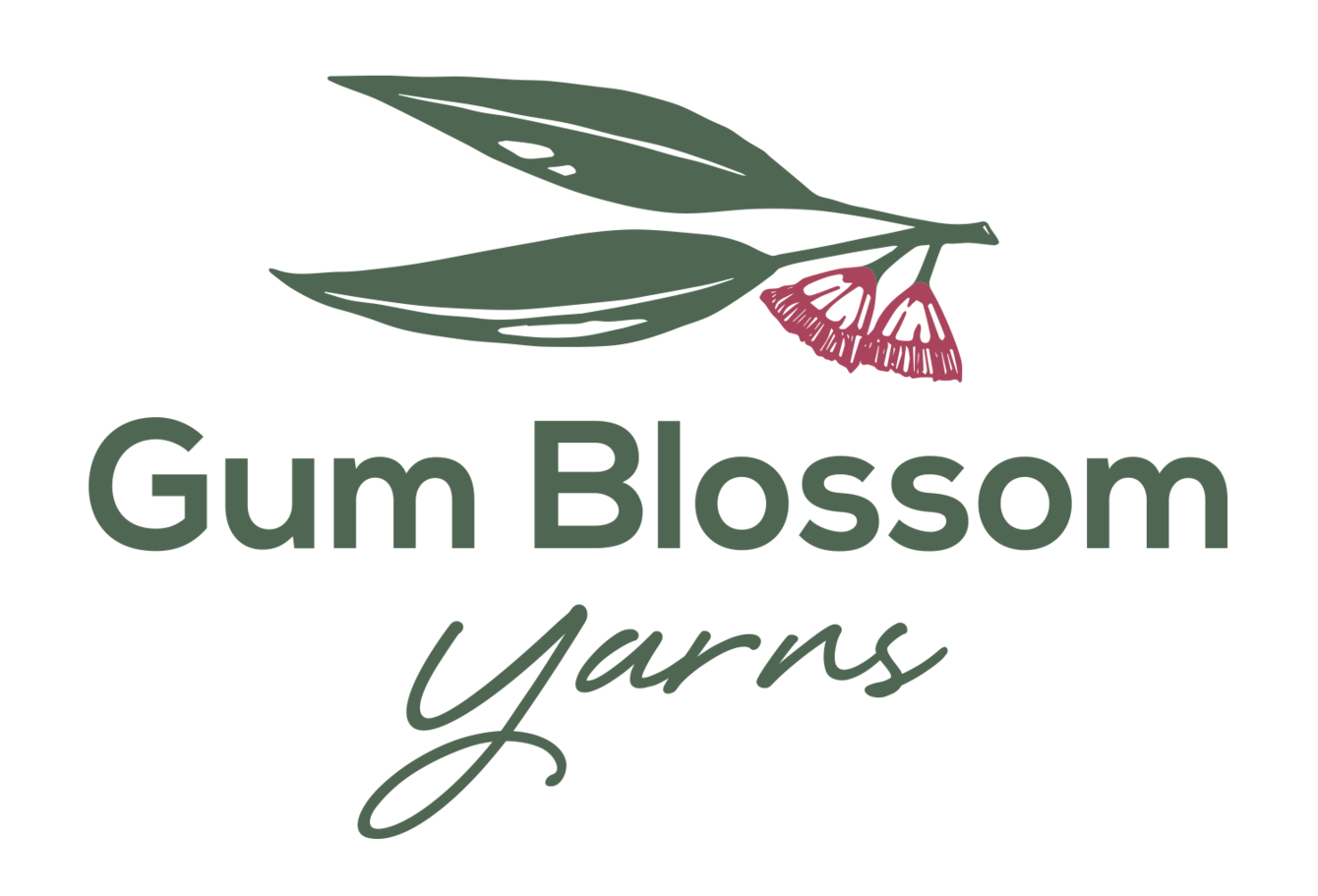It's silkworm time!
All the mulberry trees are covered with huge green leaves, and the very hungry silk worms chew through them, growing fatter as spring rain helps everything grow. Interestingly, there are two types of mulberry: the black-purple (Black English) and the white berry (Shahtoot). The yarn dyed with the Shahtoot mulberry leaf is a lovely Spring green colour.
I tripped over some large hard shell cases of the Moreton Bay Chestnut aka the Queensland Black Bean. These large brown-shelled "nuts" are extremely toxic to humans and animals but cleverly, indigenous peoples turn these into a food source after days of preparation to remove the toxins. I decided to use these in the dyepot and they do give a dark silver-grey colour on yarn!
On the forest floor under a huge tree was some purple almond-shaped fruits that had only a little inner flesh and looked like a kalamata olive! No wonder they are called the Bush Olive (Terminalia arenicola) or Brown Damson (or the Beach Almond in a subspecies that is coastal). They are a food source for cassowary birds in far north Queensland and the flowers have an unpleasant smell. Yet these Bush Olives stained the yarn a beautiful bronze colour!
It's no surprise that the colour of a plant changes with the seasons. Check out the Nasturtium flowers yarn - it's almost fluorescent from the spring trumpet-like flowers that are added to the dyepot! Amazing when you compare with the Nasturtium leaf dyed yarn.
New to the shop are the yarn tags made of wood that have a spot on the back for a drop of lemon-myrtle oil. I add a tag into your order and urge you to keep it with your yarn purchases or finished objects, as it is know both to repel wool moths and it is an antimicrobial, and it smells really fresh! You can refresh the oil on the tag as necessary with any oil you use to repel moths. Lemon- myrtle oil is available at health food shops as well.
I wash all the yarns in a very good woollen wash that contains lemon-myrtle oil. Well off to forage again, and in this season, there should be plenty of amazing new finds! Enjoy the outdoors wherever you live.
